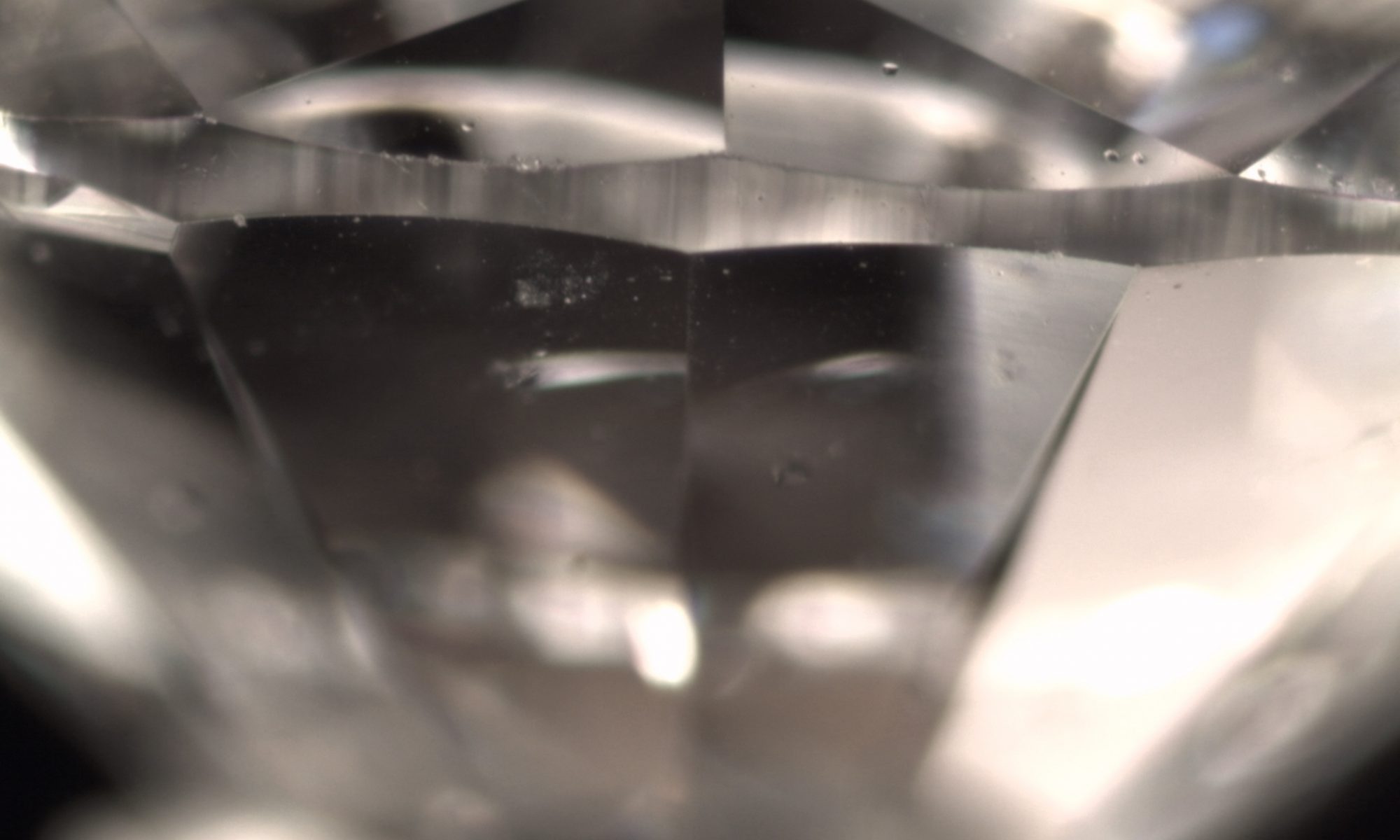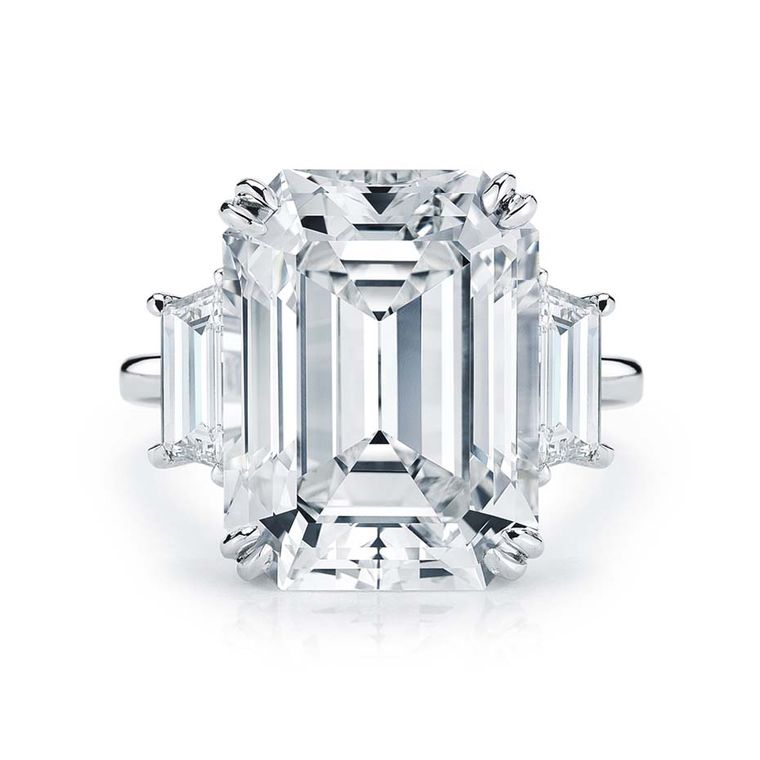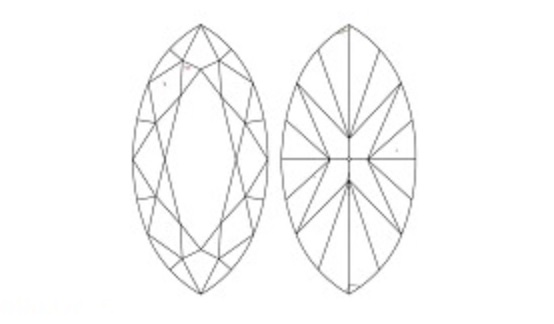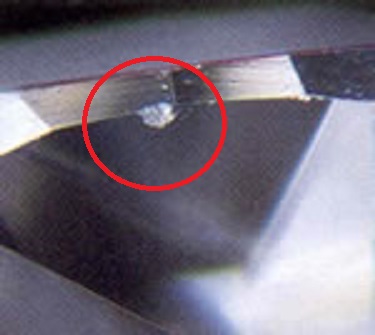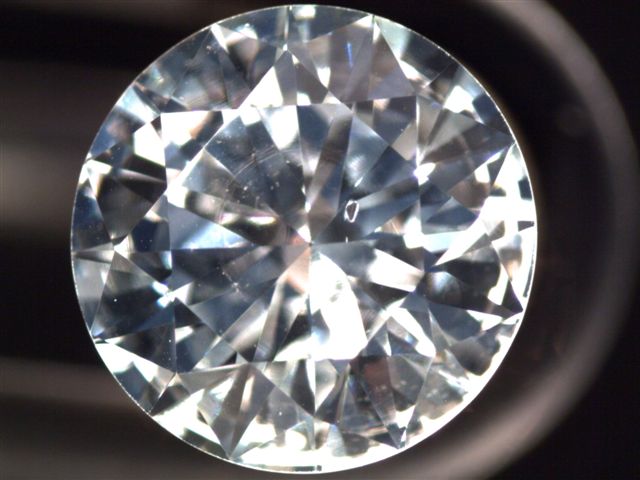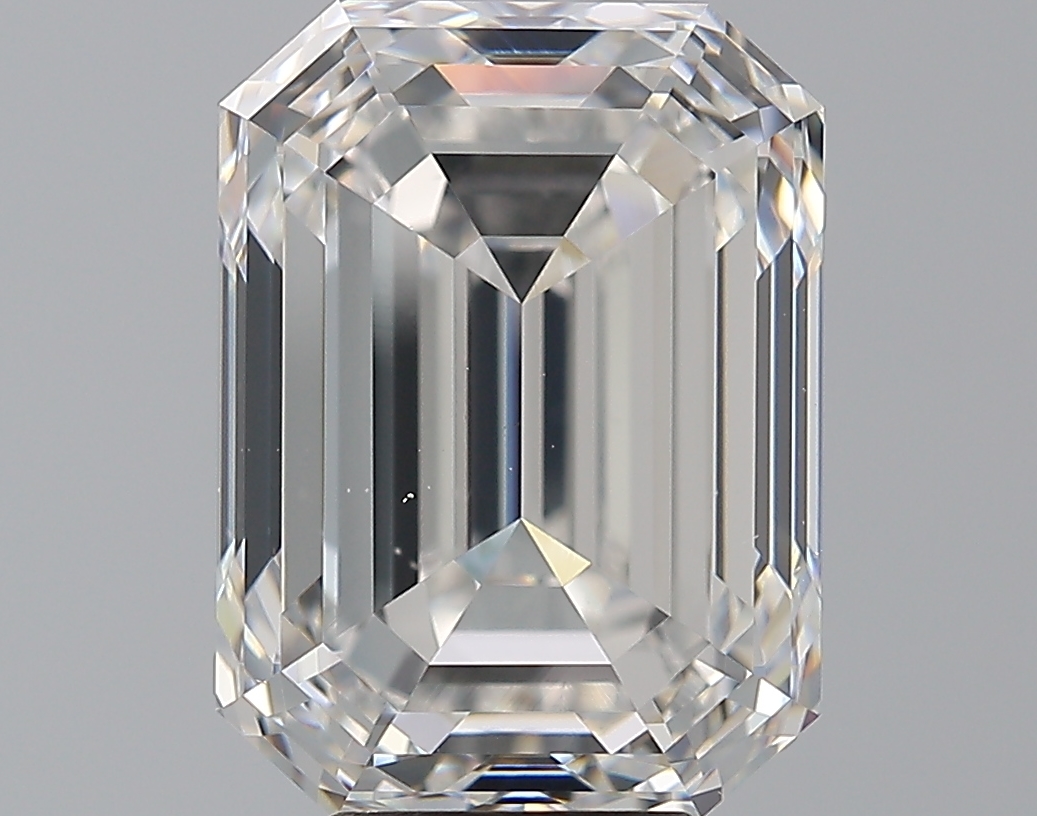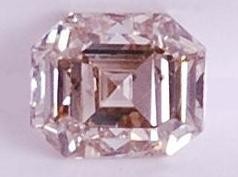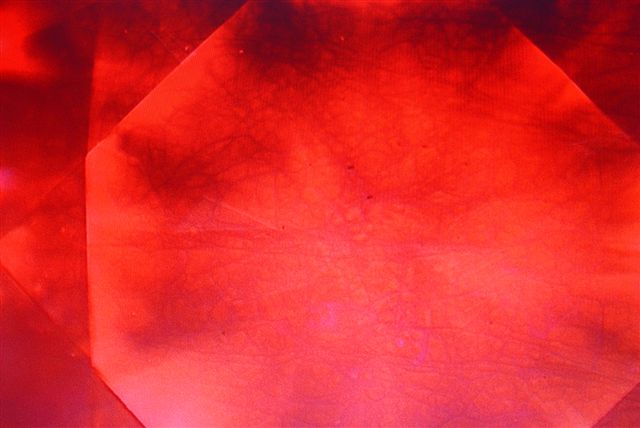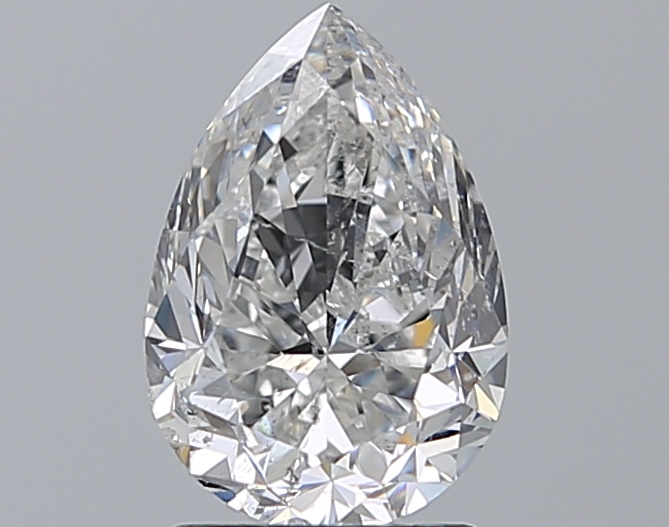The pear cut, also known as the teardrop cut, is a popular and elegant diamond shape that combines the round brilliance of a brilliant cut with the graceful tapering of a marquise. This stunning shape features a rounded head that gradually tapers to a pointed tip, resembling the form of a teardrop or pear. Known for its unique shape and brilliant sparkle, the pear cut has remained a timeless choice for engagement rings, pendants, and earrings, appealing to those who appreciate a blend of classic elegance and modern flair.
What is a Pear Cut Diamond?
A pear cut diamond is a hybrid shape, combining the characteristics of the round brilliant cut and the marquise cut. It features a rounded top, or head, and a pointed bottom, creating the signature teardrop shape.
The facets of a pear cut diamond are arranged in a similar manner to those in a round brilliant cut, ensuring it displays the same brilliance and fire. The rounded portion of the diamond reflects light from all angles, while the tapering point contributes to the diamond’s overall light performance.
Key Characteristics of the Pear Cut
1. Shape and Symmetry
The pear cut is recognized for its distinctive tear-drop shape, with a rounded, curved top and a pointed bottom. This shape combines the round brilliance of the classic round diamond with the elongated appearance of the marquise.
The symmetry of a pear cut diamond is essential for its visual appeal. A well-proportioned pear cut will have a uniform curve from the rounded head to the tip, with the point centered to give it a balanced and harmonious look.
The length-to-width ratio of the pear cut can vary depending on personal preference. Pear cuts with a longer shape appear more elongated, while wider pear cuts have a fuller, more rounded appearance. The ideal length-to-width ratio for a pear-shaped diamond typically ranges from 1.45 to 1.75, with the most popular being around 1.5. This proportion ensures a well-balanced and pleasing appearance.
2. Facet Arrangement and Brilliance
A pear cut diamond features 58 facets (or more), similar to the round brilliant cut. These facets are arranged in a way that maximizes the diamond’s ability to reflect light, giving it exceptional brilliance, fire, and sparkle.
The crown (top portion) of the diamond features the table facet, while the pavilion (bottom portion) contains the main facets. These facets are angled and arranged to enhance light performance, ensuring the diamond sparkles from every angle.
A well-cut pear-shaped diamond will have bright flashes of light that seem to emanate from its center, thanks to the diamond’s symmetry and faceting.
Pear Cut Diamond – Light Performance and Sparkle
1. Brilliant Light Reflection
The pear cut is designed to offer excellent light reflection, thanks to its brilliant facet arrangement. The light enters the diamond through the table, reflecting off the facets of the crown and pavilion before exiting the diamond.
This process creates the sparkle and fire that makes a pear cut diamond so captivating. Well-cut pear diamonds display an exceptional level of brilliance and are particularly vibrant under both natural light and artificial light.
2. Unique Sparkle and Fire
The pear shape’s tapered point causes the diamond to display flashes of colorful fire—the dispersion of light into its spectral colors—while the rounded head creates a uniform and pleasing sparkle. This contrast between the round portion and the pointed tip gives the pear cut diamond a unique visual appeal.
Pear cut diamonds are especially renowned for their flashes of color, which makes them stand out from other diamond shapes. When properly cut, the facets will allow light to travel through the diamond in a way that creates beautiful scintillation and vivid flashes.
The Pear Cut – Ideal for Different Jewelry Styles
1. Engagement Rings
The pear cut diamond is a popular choice for engagement rings because it offers a distinctive and romantic appearance. Its teardrop shape symbolizes eternal love and tears of joy, making it a fitting choice for couples looking for a symbol of their love story.
The elongated form of the pear cut can give the finger a more slender appearance, making it a flattering choice for those seeking a ring that adds an elegant touch. Additionally, the pointed tip of the pear cut can be oriented upwards or downwards, allowing for a customizable look.
The pear cut diamond works well in a variety of settings, including solitaire designs, halo settings, and three-stone rings, allowing for flexibility in personalizing the ring.
2. Pendants and Earrings
The pear shape is also a favored choice for pendants and earrings because it offers an elegant and timeless appeal. A pear-shaped diamond pendant drapes beautifully along the neck, while pear-shaped earrings elongate the appearance of the face, drawing attention to the wearer’s features.
Halo settings and side stone accents are often used to complement a pear-shaped diamond in pendants and earrings, enhancing the overall brilliance of the piece.
Pear Cut Diamond – Choosing the Right One
1. Cut Quality
The cut quality of a pear-shaped diamond is essential for maximizing its brilliance and sparkle. A well-cut pear diamond will have precise proportions, even symmetry, and expertly aligned facets to ensure optimal light performance.
To assess the cut quality, it’s important to consider grading reports from reputable gemological laboratories, such as the GIA or DCLA, which evaluate the diamond’s cut, polish, and symmetry.
2. Color and Clarity
Like other diamond shapes, the color and clarity of a pear-shaped diamond should be considered when selecting the perfect stone. Higher color grades (D-F) will ensure that the diamond remains colorless and does not show any noticeable yellow or brown hues, while clarity determines the presence of internal or external inclusions.
Pear-shaped diamonds may also have a larger surface area compared to round diamonds, which may make inclusions more visible. It’s important to choose a diamond with a clarity grade that minimizes any noticeable blemishes or inclusions.
Tips for Selecting the Perfect Pear Cut Diamond
Symmetry: Ensure that the pear cut diamond has excellent symmetry. The pointed tip should be centered and even, and the curved part should be smooth and symmetrical.
Length-to-Width Ratio: Choose a length-to-width ratio that suits your preference. Pear cut diamonds with a ratio of about 1.5 are typically balanced, while longer shapes will appear more elongated, and wider shapes will appear fuller.
Setting Style: Consider how the pear-shaped diamond will be set. The orientation of the pointed tip can be customized to either point upward or downward, allowing for a unique and personal style.
The Allure of the Pear Cut
The pear cut diamond is a versatile and elegant choice for those who desire a distinctive and timeless diamond shape. With its graceful teardrop silhouette, the pear cut combines the brilliance of the round cut with the elongated form of the marquise, creating a captivating sparkle that makes it a standout piece in any jewelry collection. Whether used in engagement rings, pendants, or earrings, the pear cut is known for its unique beauty and classic appeal that never goes out of style.

